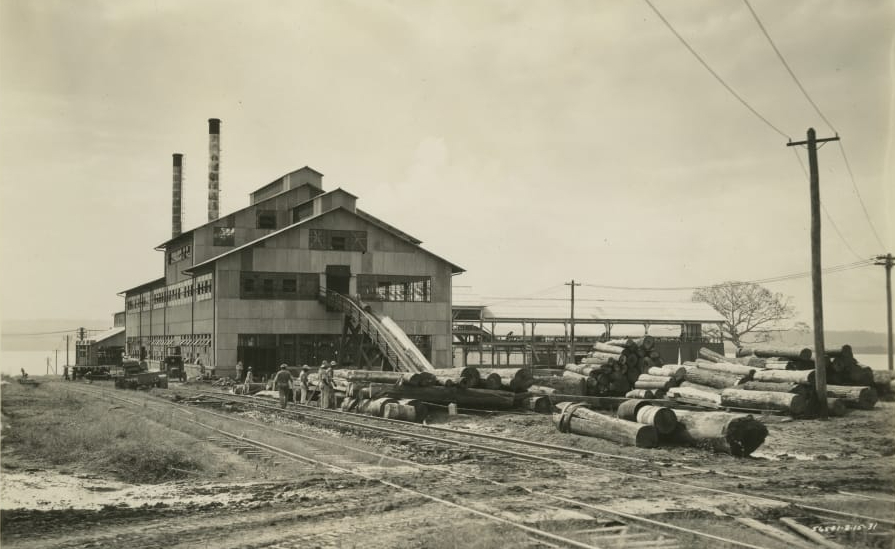Authors:
Historic Era: Era 7: The Emergence of Modern America (1890-1930)
Historic Theme:
Subject:
Winter 2022 | Volume 67, Issue 1


Authors:
Historic Era: Era 7: The Emergence of Modern America (1890-1930)
Historic Theme:
Subject:
Winter 2022 | Volume 67, Issue 1
Editor's Note: Mark Callaghan is an art historian who has taught at several leading institutions, including Birkbeck College and the University of London. He specializes in contemporary memory culture and 20th-century art history and is a resident historian for Viking Cruises.

Fordlândia is a small town, with a population of 3000, surrounded by interlaced greenery, and has long been a host to several derelict buildings. It receives only a few visitors each year, but then the 16-hour journey along the Tapajos River is a test for even the most fearless traveler. A tributary of the clay-brown Amazon, the Tapajos offers bohemian villages, milk-white beaches, and screeching birds that are frustratingly elusive. But the confluence also includes rocky waters, a disappointing lack of colorful wildlife, and a tyrannical humidity. It feels airless.
The wilderness monotony is finally disrupted by the uncanny sight of an industrial object rising above the trees – a 150 foot water tower that was once the Amazon’s tallest structure, a pod that looks like an upturned bell with pointed hat, sitting on triangular stilts. Uncanny but also piteous, eroding and disused, it’s an antique, a stranger to this environment where it’s hard to imagine it ever belonged.
The forest cover is eventually broken to reveal that people still live here despite the forsaken buildings that dominate the town. A small church on the hill and humble dwellings are the first signs of residency, so too the ferry boat at the jetty. The town is enticing, with its mix of habitation, enormous disused industrial sheds, and an empty glass-walled Turbine Hall. As one gets closer to the water tower an all but faded logo appears against its white background. The blanched emblem is one of the most recognized, as the monumental tower is stamped with what remains so familiar to our eyes today – that bold signifier of accomplishment, audacity and mass production: the iconic blue oval design of the Ford logo, with white lettering, often mistaken for being its founder’s signature.
Explorers can observe the remnants of Henry Ford’s would-be (as he saw it) utopian production city, noting that equipment from the sawmill and generator was left to the elements and vandals over the years, rusting in the thick Amazon air. This is still known as Fordlândia even though the project failed and the land was sold back to Brazil in 1945. Those that complete the arduous journey along the Tapajos see what the town’s founder never did. Ford never visited, so never saw the construction of the plant,